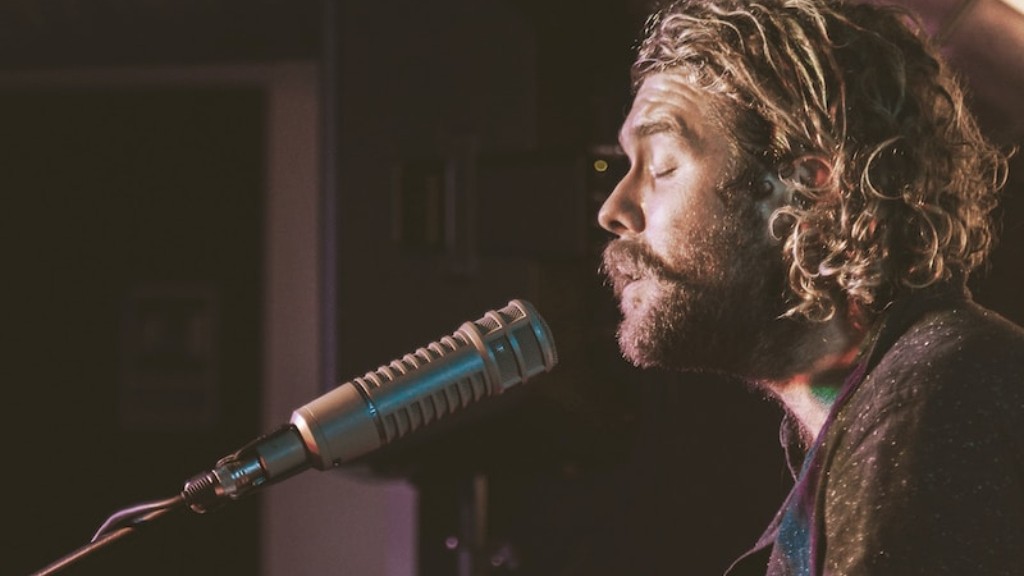How To Draw Frogs
If you’re wondering how to draw frogs, you’re in luck! Drawing frogs can be an enjoyable way to express yourself, practice fine motor skills, and channel creativity. In this guide, I’ll show you how to create your own frogs simply and effectively.
First, grab a piece of paper and a pencil. Start with a basic sketch of your frog. Don’t worry about adding details – just draw the outline of your frog, including the size and shape of its body and limbs. Try to keep your lines light and easy to erase. You can also use a ruler to make it easier.
Now it’s time to add details. Take your time to draw the frog’s eyes, mouth, and skin texture. Have fun with it! Draw some spots or a cute pattern on its back. Once you have the basics down, you can create more intricate details, such as the character’s expression, posture, and the tiny details of its feet and hands. A smirk or furled brow can make all the difference in making your frog come to life.
Now for the fun part – it’s time to color your frog! Think about how you want to express your creativity through color. Try to keep your colors bright and vibrant. Use cool tones for shadows and warm tones for highlights. Don’t forget to add texture by using different hues and shades to make your frog look realistic.
Now it’s time to finalize your masterpiece. Step back and admire your artwork. Make any small adjustments or erase any lines that don’t need to be there. Once you’re happy with your results, take a picture or scan your drawing and show it off to your friends!
Creating the Body’s Proportions
Creating realistic looking proportions can be very difficult. But with a few tricks, you can make sure your frog looks accurate and true-to-life. Start by outlining the shape of the body first. This helps you get an understanding of the shape of your frog. Once you have the outline in place, use your pencil to draw the outline of the limbs and the eyes. This is important for showing the frog’s size and proportions.
Next, add in the details. Think about how your frog will actually look in nature and draw from there. Add nostrils, a defined mouth and tongue, and any other unique features that make the frog look lifelike. When you’re satisfied, darken the outline of your frog and erase the extra lines.
Using Color to Make it Look Real
Now it’s time to give your frog some color! Don’t be afraid to experiment with different colors and shades. For example, a bright green with yellow spots can bring out the frog’s personality. If you want to make your frog look like it’s actually in nature, you can use more realistic shades and hues.
When you’re finished coloring, take a step back and look at your work. Make any last-minute adjustments and add texture by way of shading. Make sure your shadows, light, and contrast all look realistic. You can also use a ruler to add linear details, like a zig zag pattern on the back or a line on the mouth.
Final Touches
Now that you have your frog complete, it’s time to make it really stand out. Use your pencil to add a few extra details, like dotted lines around the eyes, hands, or mouth. You can also draw a texture, like swirls on the arms and legs, or use a marker to add sparkles or shadows.
Finally, use your eraser to clean up any messiness and make sure everything looks clean and precise. Take a step back and admire your work – your frog is now ready to show off!
Practice Makes Perfect
Remember: practice makes perfect. The more you draw frogs, the better you’ll get at it. Don’t be afraid to try new things and experiment with styles, colors, and shapes. With enough practice, you’ll be an expert frog-drawer in no time!

